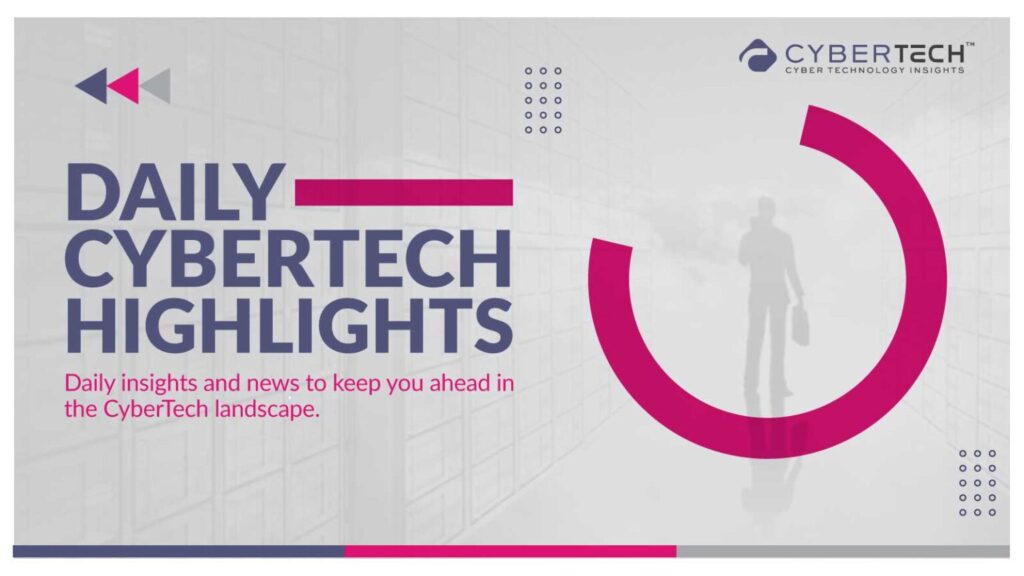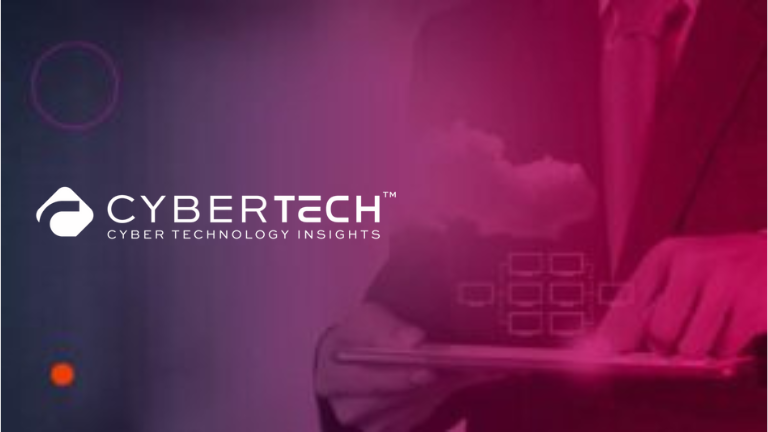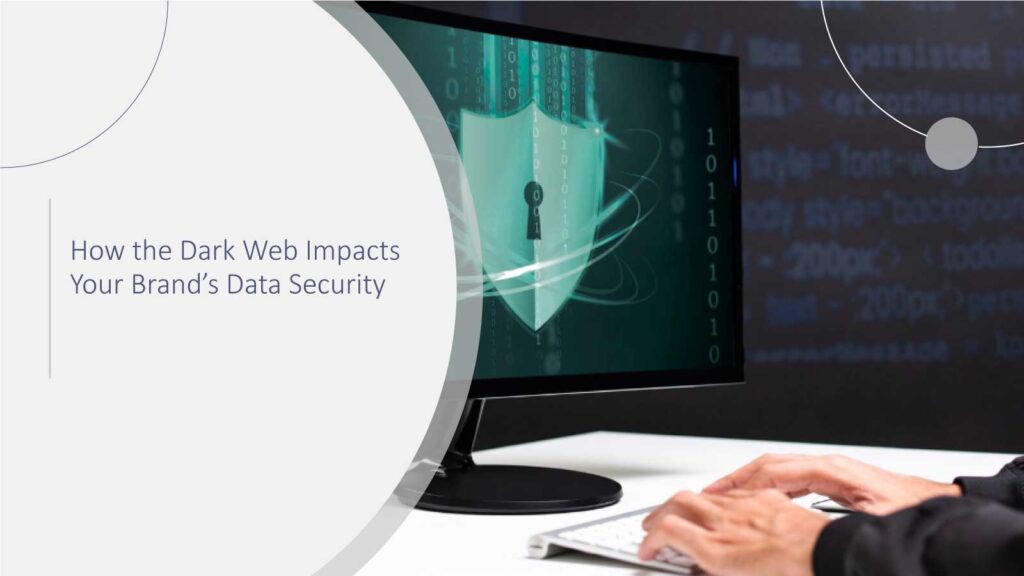AppSOC Strengthens AI Security with Full Support for DASF 2.0, Offering AI Discovery, Automated Model Validation, and MLOps Hardening
AppSOC, a leading provider of AI governance and application security, proudly extends its collaboration with Databricks to support the latest release of the Databricks AI Security Framework (DASF) 2.0. This continued partnership highlights AppSOC’s dedication to delivering cutting-edge security and governance solutions tailored to Databricks customers’ evolving needs
As AI regulations become increasingly stringent, enterprises must adopt structured frameworks like DASF 2.0 to maintain compliance and safeguard their AI operations. By integrating advanced security measures into Databricks environments, AppSOC ensures businesses can confidently innovate while mitigating risks.
Cyber Technology Insights: DeleteMe & HANDD Partner to Boost Data Privacy Globally
Expanded Capabilities for DASF 2.0
Building on its successful integration with the initial Databricks AI Security Framework, AppSOC now provides enhanced security features for DASF 2.0, including:
- AI Discovery: Automatically detects models, datasets, and workflows to maintain continuous visibility and ensure regulatory compliance.
- AI Model Validation & Red Teaming: Conducts ongoing scanning and automated Red Teaming to proactively identify vulnerabilities and security gaps.
- AI Security Posture Management: Identifies and mitigates risks such as misconfigurations, access control issues, asset leaks, and potential model theft within Databricks MLOps environments.
- Runtime Enforcement: Provides real-time threat detection and automated remediation against prompt injections, malicious code, data leaks, and runtime vulnerabilities.
- Governance and Compliance: Aligns security findings with DASF 2.0 controls and leading industry standards such as NIST AI-RMF and ISO 42001, simplifying regulatory adherence.
Arun Pamulapati, Senior Security Field Engineer at Databricks, emphasized the significance of structured AI security frameworks. “With the evolution of AI regulations, enterprises need comprehensive frameworks like DASF 2.0 to ensure compliance. By integrating AppSOC’s security solutions with the Databricks Data Intelligence Platform, we empower customers to innovate securely.”
Cyber Technology Insights: Genetec unveils Cloudlink 210: first multi-workload cloud appliance
A Future-Proof AI Security Partnership
AppSOC’s security solutions enable Databricks customers to proactively manage AI risks and prevent compliance incidents before they escalate. This collaboration ensures AI models, datasets, notebooks, and workflows remain secure through automated, advanced protection mechanisms.
“We’re excited to continue our partnership with Databricks and support the launch of DASF 2.0,” said Pravin Kothari, Founder and CEO of AppSOC. “By combining our powerful AI governance and security capabilities with Databricks’ advanced AI platform, we enable enterprises to push the boundaries of AI innovation without compromising security.”
Cyber Technology Insights: Aryaka Adds AI>Observe to SASE for AI-Powered Insights
FAQs:
Q1: What is the Databricks AI Security Framework (DASF) 2.0?
A: DASF 2.0 is an enhanced security framework designed to help enterprises manage AI risks, ensure compliance, and protect AI models, datasets, and workflows within Databricks environments.
Q2: How does AppSOC enhance AI security for Databricks users?
A: AppSOC provides AI discovery, automated model validation, Red Teaming, runtime enforcement, and compliance mapping to safeguard AI operations within Databricks.
Q3: Why is AI security crucial for enterprises?
A: As AI adoption increases, security threats such as data leaks, model theft, and adversarial attacks also rise. AI security frameworks like DASF 2.0 help mitigate these risks while ensuring regulatory compliance.
Q4: How does AI Model Validation & Red Teaming work?
A: It involves continuous scanning and automated testing to detect vulnerabilities, biases, and weaknesses in AI models before they can be exploited.
Q5: What regulatory standards does DASF 2.0 align with?
A: DASF 2.0 aligns with global AI security and governance standards such as NIST AI-RMF and ISO 42001, making compliance easier for enterprises.
Q6: How does runtime enforcement protect AI models?
A: Runtime enforcement detects threats in real time, preventing prompt injections, malicious code execution, and unauthorized data access within AI workflows.
Q7: How can enterprises adopt AppSOC’s security solutions for Databricks?
A: Enterprises can integrate AppSOC’s AI security solutions directly within their Databricks MLOps environments to automate security, governance, and compliance processes.
By strengthening AI security through DASF 2.0, AppSOC and Databricks empower enterprises to innovate with confidence while maintaining robust security and regulatory compliance.
Cyber Technology Insights: Neeraj Methi Joins Myriad360 as VP of Cybersecurity
To participate in our interviews, please write to our CyberTech Media Room at news@intentamplify.com





